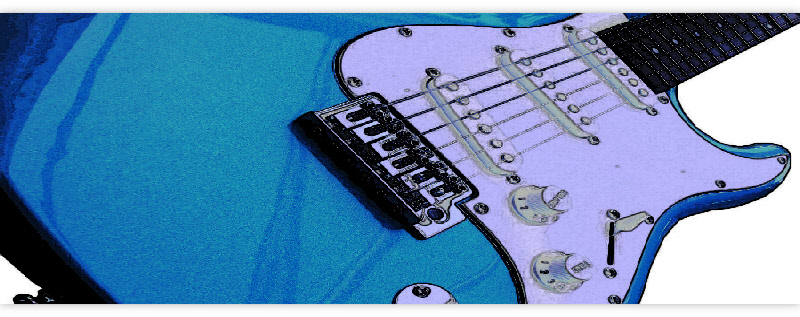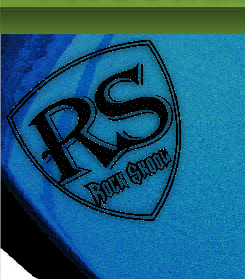



The Skool of guitar excellence


RockSkool: Power Chord Introduction
Power chords are simply two (sometimes three) string bar chords.
So instead of having to finger all the strings of a bar chord you need only concentrate on two strings, and instead of striking all strings we only strike two.
You will recall how we called chords triads because they were made up of three notes of the major scale, the 1st, 3rd and 5th.
Power chords are also known as 5th chords, this is because they are made up of the 1st and 5th notes of the major scale being played. Sometimes you will see them written as E5 or A5.
These are used a lot in rock music with loads of distortion and palm muting to produce that unique rock tone.
If you can play the four bar chords we have just covered and know the theory behind them you will quickly master power chords.
Although most people can play the power chords first, they tend to know nothing about them, not even their names or how they are derived from the bar chord. This is a great disadvantage when trying to read tabs or play in a band where you are asked to play a power chord progression of E5, A5 and B5.
But, because we know the theories behind bar chords, root notes and the chromatic scale we can now work this out easily.
The simple fact about power chords is that like the bar chord, the finger pattern stays the same and is slid up or down the fretboard on either the E or A strings. Again like the bar chord, the root note under your first finger determines the chord name.
Look at the following diagrams for more details, flick back to the bar chord diagram and note the similarity. These are the same shapes but only playing two of the strings instead of them all.
Now if you were asked to play a power chord progression of E, A and B, can you work out where they are?
E5 is found on the E string open
A5 is found on the E string open
B5 is found on the A string at the 2nd fret...and so on
Try to play and name the power chords on the marker frets at the 3rd, 5th and 7th frets on both the E and A strings.